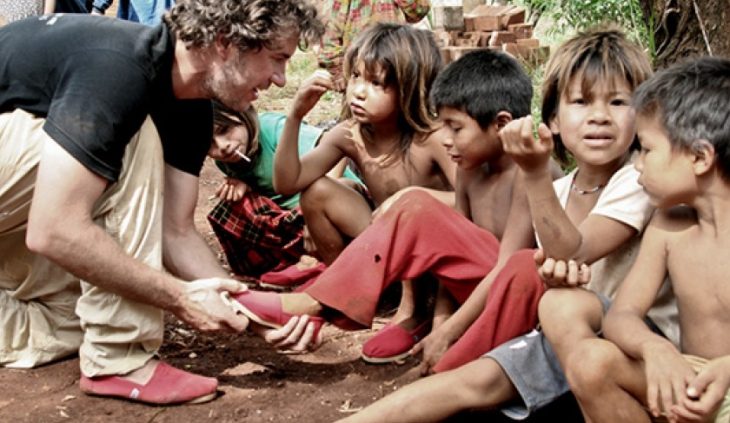
Word of the Day: Iatrogenic
Today’s word of the day, thanks to a podcast I listened to yesterday, is iatrogenic (/aɪˌæ trəˈdʒɛn ɪk/ or ahy-a-truh-jen-ik). This adjective means “(of a medical disorder) caused by the diagnosis, manner, or treatment of a physician” (https://www.dictionary.com/browse/iatrogenic). The dictionary offers an alternative pronunciation with an /i/ (or ee as in sleep) in the first syllable, but the fact that the first choice of pronunciation is /aɪ/ (or i as in light) might suggest that it is a fairly recent word in English.
The etymology says that it first appeared in English in 1920. The –genic part of the word is a “word-forming element meaning ‘producing, pertaining to generation’” (https://www.etymonline.com/word/iatrogenic#etymonline_v_34664). The iatro– part of the word is a “word-forming element meaning ‘a physician; medicine; healing,’ from Greek iatros ‘healer, physician’” (ibid.). Regarding the latter, think pediatric, meaning related to medicine for children, or podiatry, meaning medicine for the feet.
A wiki for iatrogenic says, “The term ‘iatrogenesis’ means brought forth by a healer, from the Greek iatros (ἰατρός, ‘healer’) and genesis (γένεσις, ‘origin’); as such, in its earlier forms, it could refer to good or bad effects.
“Since at least the time of Hippocrates, people have recognized the potentially damaging effects of medical intervention. ‘First do no harm’ (primum non nocere) is a primary Hippocratic mandate in modern medical ethics” (https://en.wikipedia.org/wiki/Iatrogenesis).
Today, though, iatrogenic generally refers to negative outcomes of one sort or another. This concern about harm coming from the treatment of doctors goes back at least to Hippocrates (c. 460 BCE – c. 370 BCE). Although his authorship of the Hippocratic Oath is now in doubt, he at the very least inspired it, and the Oath opens with, “First, do no harm.” Why would that be the first thing in an oath if physicians’ doing harm wasn’t seen as a problem.
Ignaz Semmelweis (1818-1865) was a physician of German descent, born in Hungary, who made a significant advance in medicine. He worked in a hospital in Vienna where he worked with deliveries. He had two slightly different clinics in the hospital. The first clinic was with medical students. They started their day doing autopsies of women who had died of childbed fever, and then went on to deliveries. The second clinic was with midwives, who did only the deliveries. The mortality rate in the first clinic was more than double that of the second clinic. Semmelweis came to believe that there was something that got onto the hands of the medical students that led to the childbed fever in those patients.
He began to have his medical students wash their hands before moving on to deliveries, and the mortality rate in the first clinic plummeted. This discovery came before the general acceptance of the germ theory of disease, so when Semmelweis shared his discovery with his fellow doctors, they scoffed. He was forced out of Vienna and went to Budapest. In a hospital in Budapest, he basically repeated the experiment and watched the mortality rate from childbed fever plunge there as well. Still, his views were not well accepted around Europe, probably in part because the doctors couldn’t believe that they were the cause of the illness.
But I believe the concept of iatrogenic harm goes beyond physicians and medicine. For instance, some years ago TOMS Shoes began to promote itself as a buy-one-give-one company. The idea was that for each pair of shoes purchased by a customer, TOMS Shoes would donate a pair of shoes to a child of poverty. The founder of the company, Blake Mycoskie, says that the idea for the company came from a visit to Argentina, where he saw children without shoes. It seems like a lovely idea, and the intentions are good.
However, in communities where the program was implemented, the free shoes undermined local shoe makers as well as reducing the agency of the recipients. The problem also exists with clothing donations: “Both one-for-one products and second-hand clothing donations are imported into these countries, being sold or given away. Consumers prefer to pay low prices, or no price at all, for items like shoes rather than pay higher prices from local markets. Since the two are similar in this way, they will have a similar effect on the market when it comes to local production and sales. Between 1981 and 2000, used-clothing imports were found to be ‘responsible for roughly 39% of the annual decline in apparel production, and roughly half of the annual decline in apparel employment’ in Sub-Saharan Africa” (https://theurgetohelp.com/articles/buy-one-give-one-what-toms-shoes-tells-us-about-the-wests-urge-to-help-africa/).
Today’s image is the one of Blake Mycoskie putting a shoe in the foot of a young African girl, from the article cited above. Before we do wonderful, charitable things for other people, we perhaps should consider iatrogenic harms that might be unintended consequences.